If you notice water dripping from your kitchen sink handle, it's time to take action. A leaky handle not only wastes water, but it can also lead to further damage and higher repair costs. Here's how to fix it. Step 1: Shut off the water supply The first step in repairing a leaky kitchen sink handle is to shut off the water supply. Look for the shut-off valves under the sink and turn them off to stop the flow of water. Step 2: Disassemble the handle Using a screwdriver, remove the handle from the faucet. You may need to use pliers to loosen it if it's stuck. Once the handle is removed, you can access the inner workings of the faucet. Step 3: Replace the O-ring The most common cause of a leaky handle is a worn out or damaged O-ring. This small rubber ring can be found at the base of the faucet handle. Replace it with a new one and reassemble the handle. Step 4: Turn the water supply back on Once you've replaced the O-ring, turn the water supply back on and test the faucet. If the leak persists, you may need to replace other parts of the faucet such as the cartridge or valve.How to Repair a Leaky Kitchen Sink Handle
A loose kitchen sink handle can be a nuisance, making it difficult to turn the water on and off. Luckily, it's a simple fix that can be done in just a few steps. Step 1: Tighten the handle The first thing to try is to tighten the handle. Use a screwdriver to tighten any screws that may be loose. If the handle still feels loose, move on to the next step. Step 2: Replace the handle screw If tightening the handle doesn't work, the screw holding the handle in place may be stripped. In this case, you'll need to replace the screw with a new one of the same size and shape. Step 3: Use plumbers tape If the handle is still loose, try wrapping a small amount of plumbers tape around the base of the handle before reattaching it. This can help create a tighter fit and keep the handle from loosening again.How to Fix a Loose Kitchen Sink Handle
If your kitchen sink handle is broken and cannot be repaired, you'll need to replace it. Here's how. Step 1: Purchase a new handle Before you begin, make sure you have a replacement handle that is compatible with your faucet. Take note of the brand and model of your faucet to ensure you get the right handle. Step 2: Remove the old handle Using a screwdriver, remove the old handle from the faucet. You may need to use pliers to loosen it if it's stuck. Step 3: Install the new handle Follow the manufacturer's instructions to install the new handle. Make sure it is securely attached and doesn't wobble or move.Replacing a Broken Kitchen Sink Handle
Repairing a kitchen sink handle doesn't always require professional help. With the right tools and some basic knowledge, you can easily fix most common handle problems yourself. Step 1: Gather the necessary tools To successfully repair a kitchen sink handle, you'll need a few tools including a screwdriver, pliers, and replacement parts such as O-rings or screws. Step 2: Identify the problem Before you start taking anything apart, try to identify the source of the problem. Is the handle leaking? Is it loose? This will help you determine the best course of action. Step 3: Follow the appropriate steps Depending on the issue, follow the appropriate steps outlined in this article to fix your kitchen sink handle. Make sure to take your time and work carefully to avoid causing further damage.DIY Kitchen Sink Handle Repair
Kitchen sink handles can experience a range of issues, but most can be easily fixed with the right tools and knowledge. Here are some common problems and solutions for kitchen sink handles. Problem: Leaking handle Solution: Replace the O-ring or other damaged parts (see "How to Repair a Leaky Kitchen Sink Handle" section for more details) Problem: Loose handle Solution: Tighten the handle, replace the handle screw, or use plumbers tape (see "How to Fix a Loose Kitchen Sink Handle" section for more details) Problem: Broken handle Solution: Replace the handle (see "Replacing a Broken Kitchen Sink Handle" section for more details)Common Kitchen Sink Handle Problems and Solutions
Repairing a kitchen sink handle may seem daunting, but by following these steps, you can fix most common problems with ease. Step 1: Shut off the water supply Before you start any repairs, make sure to shut off the water supply to avoid any accidents. Step 2: Disassemble the handle Remove the handle from the faucet using a screwdriver and/or pliers. Step 3: Identify the problem Inspect the handle and determine the cause of the problem. Step 4: Follow the appropriate solution Refer to the appropriate section in this article for instructions on how to fix the specific problem. Step 5: Reassemble the handle Once the repair is complete, reattach the handle to the faucet and turn the water supply back on to test the faucet.Step-by-Step Guide to Repairing a Kitchen Sink Handle
Having the right tools and materials can make all the difference when it comes to repairing a kitchen sink handle. Here's what you'll need: Tools: - Screwdriver - Pliers - Wrench (if needed) - Replacement parts (O-ring, screws, etc.)Tools and Materials Needed for Kitchen Sink Handle Repair
If you encounter any issues or challenges while repairing your kitchen sink handle, here are some troubleshooting tips to help you out: Problem: Can't remove the handle Solution: Use a lubricant such as WD-40 to loosen the handle. If it still won't budge, you may need to use a wrench. Problem: Can't find replacement parts Solution: Take note of the brand and model of your faucet and consult with a hardware store or the manufacturer to find the right parts. Problem: Repair didn't work Solution: Make sure you followed all the steps correctly and consider seeking professional help if the issue persists.Troubleshooting Tips for Kitchen Sink Handle Repair
If you're not comfortable with DIY repairs or if the problem is more complex, it's best to seek professional help. A plumber or handyman can quickly and efficiently repair your kitchen sink handle, saving you time and hassle. Make sure to do your research and hire a reputable professional with experience in kitchen sink handle repairs.Professional Kitchen Sink Handle Repair Services
To avoid having to constantly repair or replace your kitchen sink handle, here are some tips to prevent future damage: - Regularly inspect and maintain your kitchen sink handle - Avoid using excessive force when turning the handle - Fix any issues as soon as you notice them - Use high-quality replacement parts By following these tips, you can keep your kitchen sink handle in top shape for years to come.Preventing Future Kitchen Sink Handle Damage
Troubleshooting Common Kitchen Sink Handle Issues
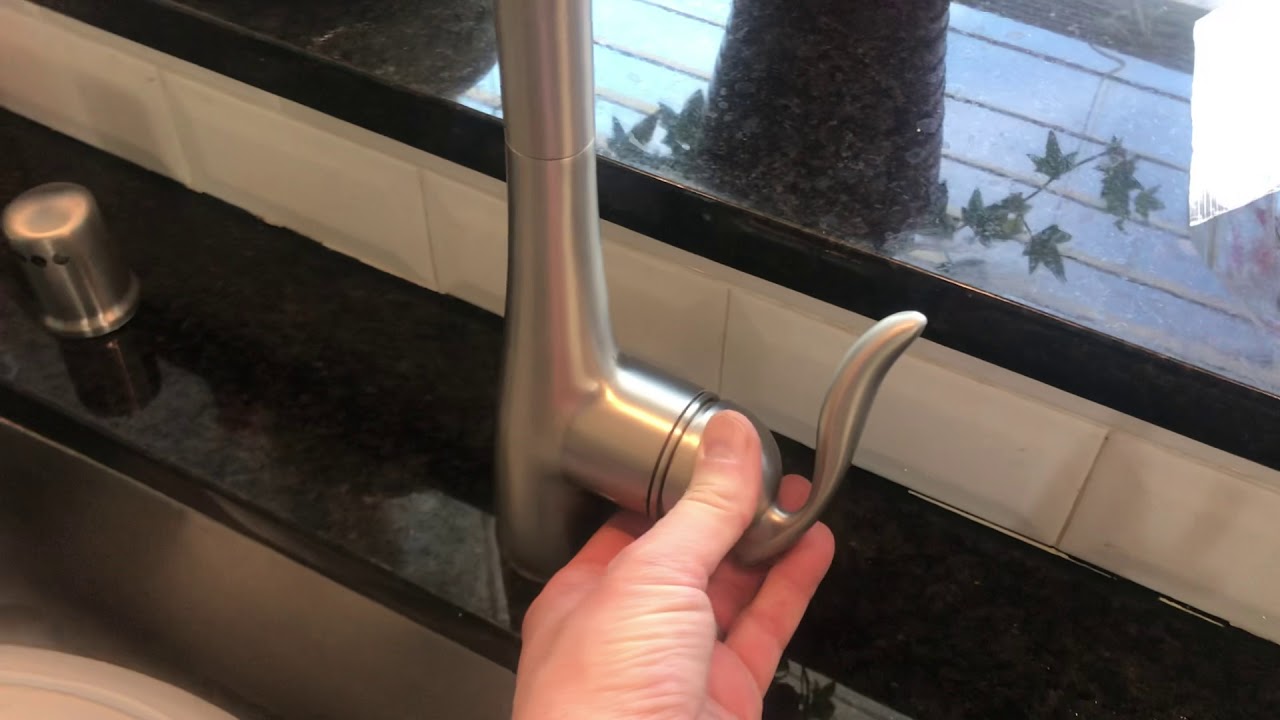
Introduction
 As one of the most frequently used fixtures in a kitchen, the sink handle is often subject to wear and tear. Over time, this can lead to various issues such as leaks, difficulty in turning the handle, or even a completely broken handle. These problems can not only be frustrating but can also affect the functionality and overall appearance of your kitchen. In this article, we will discuss some of the most common kitchen sink handle issues and provide tips on how to repair them.
As one of the most frequently used fixtures in a kitchen, the sink handle is often subject to wear and tear. Over time, this can lead to various issues such as leaks, difficulty in turning the handle, or even a completely broken handle. These problems can not only be frustrating but can also affect the functionality and overall appearance of your kitchen. In this article, we will discuss some of the most common kitchen sink handle issues and provide tips on how to repair them.
Leaking Handle
 One of the most common issues with a kitchen sink handle is a leaky faucet. This can be caused by worn-out washers or O-rings, loose connections, or a damaged cartridge. To fix this problem, start by turning off the water supply to the sink. Then, disassemble the handle and check the washers and O-rings for any signs of wear and tear. If they are damaged, replace them with new ones. If the issue persists, it may be due to a damaged cartridge, in which case you may need to call a professional plumber for assistance.
One of the most common issues with a kitchen sink handle is a leaky faucet. This can be caused by worn-out washers or O-rings, loose connections, or a damaged cartridge. To fix this problem, start by turning off the water supply to the sink. Then, disassemble the handle and check the washers and O-rings for any signs of wear and tear. If they are damaged, replace them with new ones. If the issue persists, it may be due to a damaged cartridge, in which case you may need to call a professional plumber for assistance.
Difficulties in Turning the Handle
 If you find it difficult to turn your kitchen sink handle, it may be due to mineral build-up or corrosion within the handle mechanism. To fix this, start by soaking the handle in a mixture of equal parts water and vinegar for a few hours. This will help loosen any mineral deposits. Then, scrub the handle with a toothbrush to remove any remaining debris. If the issue persists, you may need to replace the handle altogether.
If you find it difficult to turn your kitchen sink handle, it may be due to mineral build-up or corrosion within the handle mechanism. To fix this, start by soaking the handle in a mixture of equal parts water and vinegar for a few hours. This will help loosen any mineral deposits. Then, scrub the handle with a toothbrush to remove any remaining debris. If the issue persists, you may need to replace the handle altogether.
Broken Handle
 If your kitchen sink handle is completely broken, it will need to be replaced. Begin by turning off the water supply to the sink and then removing the old handle. Next, take the handle to a hardware store to find an exact replacement. Make sure to bring the old handle with you to ensure a perfect fit. Once you have the new handle, simply install it following the manufacturer's instructions.
Conclusion:
With regular use, it is natural for a kitchen sink handle to experience some wear and tear. However, with proper maintenance and timely repairs, these issues can easily be resolved. By following the tips outlined in this article, you can keep your kitchen sink handle in good working condition and maintain the overall design and functionality of your kitchen. If you encounter any major problems, do not hesitate to seek professional help. A well-functioning kitchen sink handle is essential for a smooth and efficient cooking experience.
If your kitchen sink handle is completely broken, it will need to be replaced. Begin by turning off the water supply to the sink and then removing the old handle. Next, take the handle to a hardware store to find an exact replacement. Make sure to bring the old handle with you to ensure a perfect fit. Once you have the new handle, simply install it following the manufacturer's instructions.
Conclusion:
With regular use, it is natural for a kitchen sink handle to experience some wear and tear. However, with proper maintenance and timely repairs, these issues can easily be resolved. By following the tips outlined in this article, you can keep your kitchen sink handle in good working condition and maintain the overall design and functionality of your kitchen. If you encounter any major problems, do not hesitate to seek professional help. A well-functioning kitchen sink handle is essential for a smooth and efficient cooking experience.
















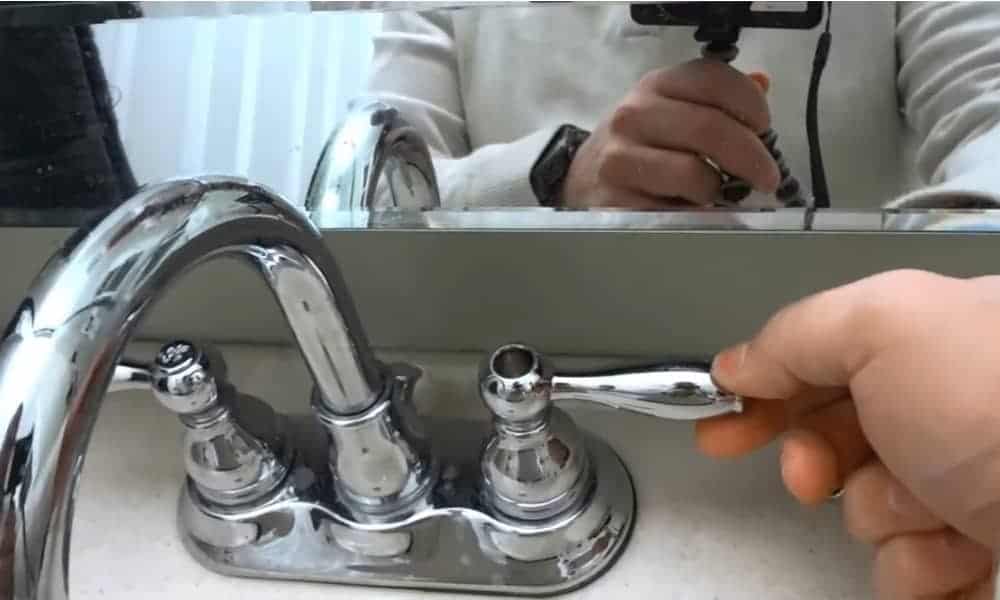








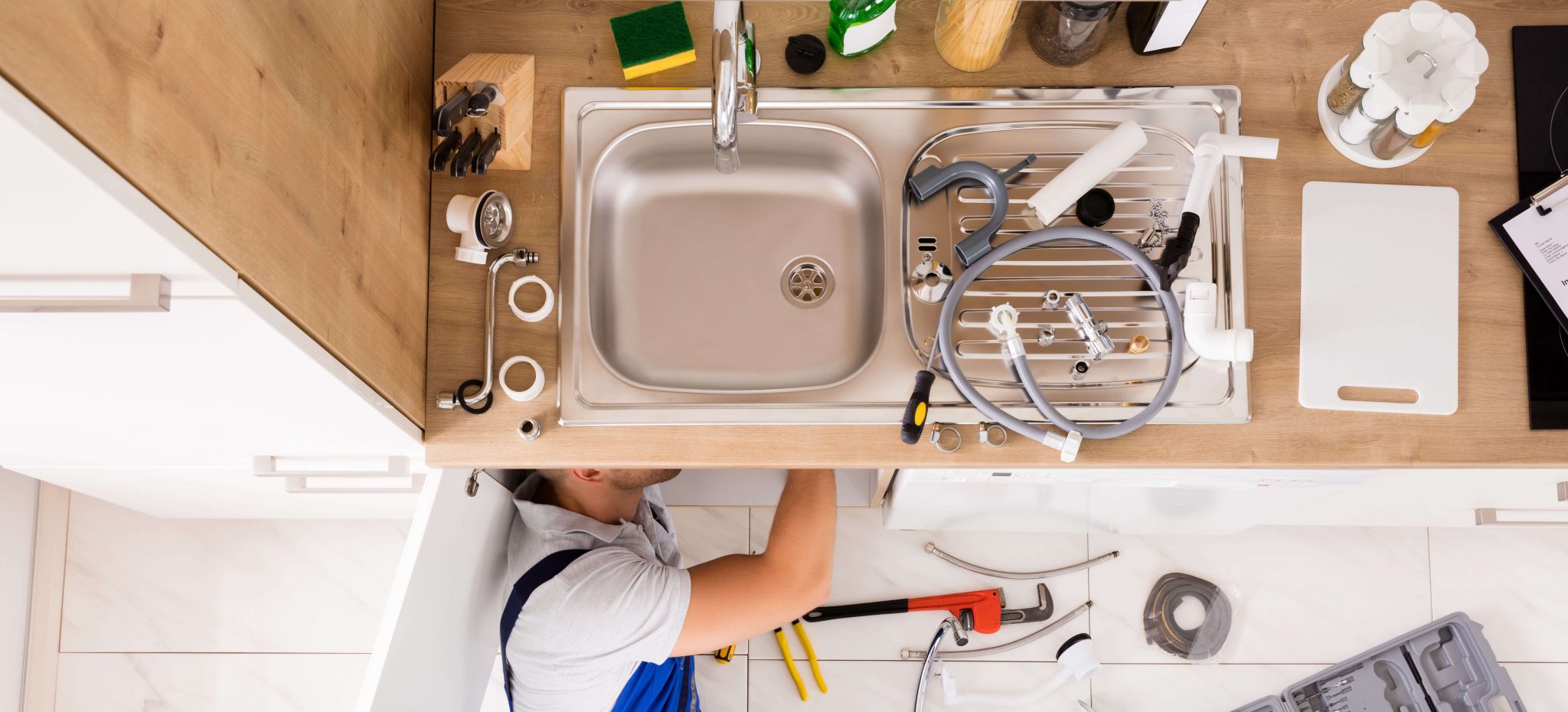



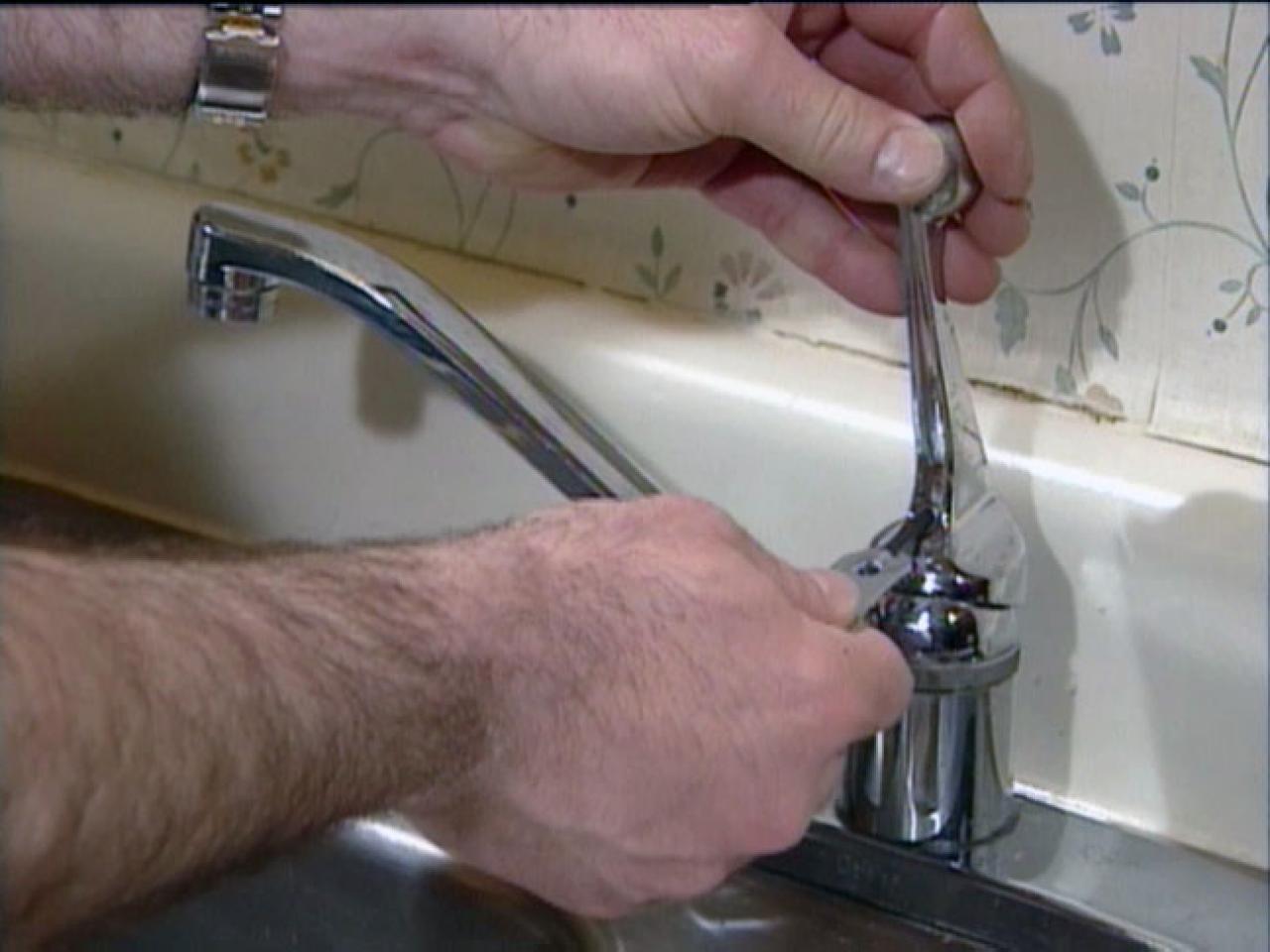






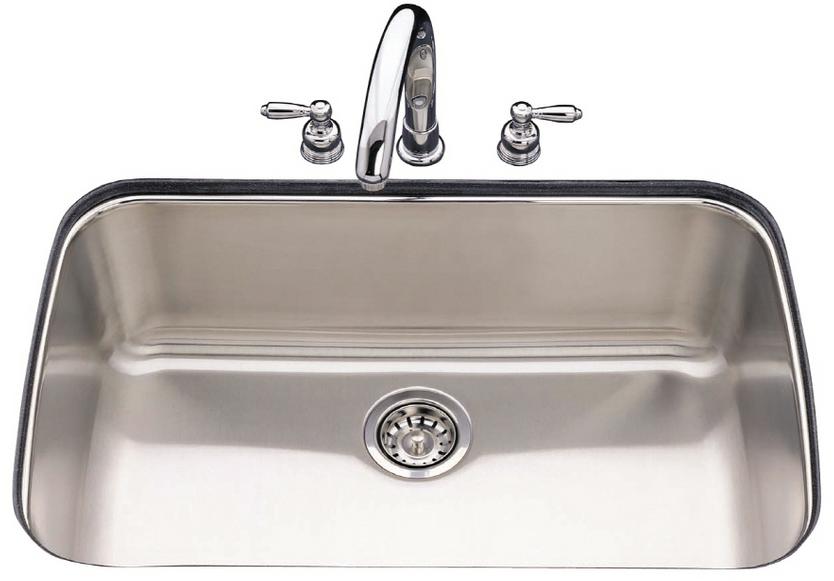








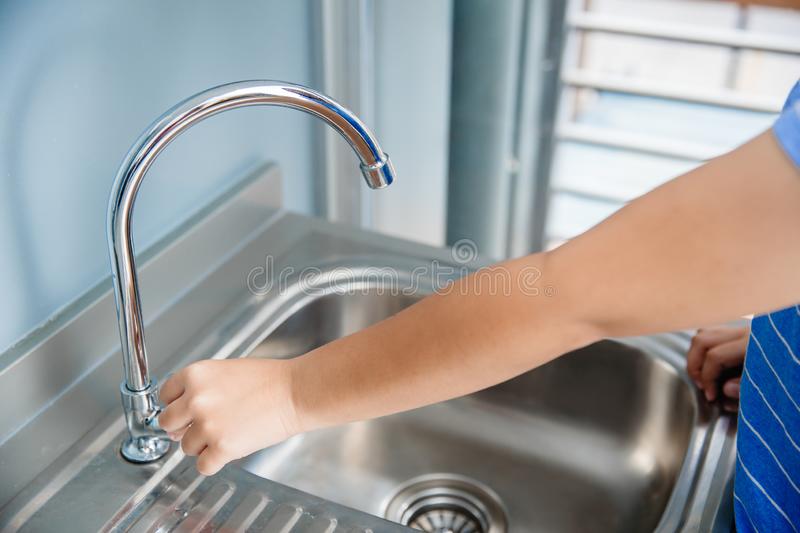

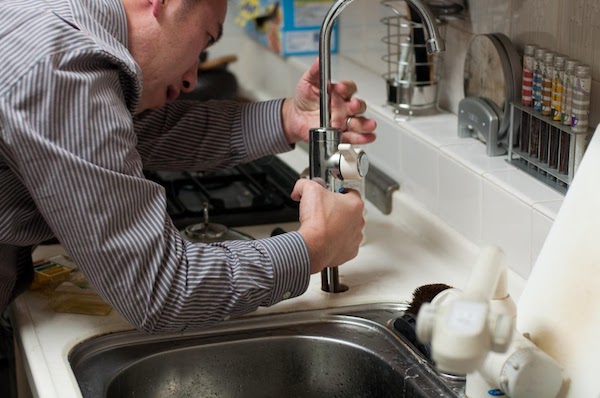
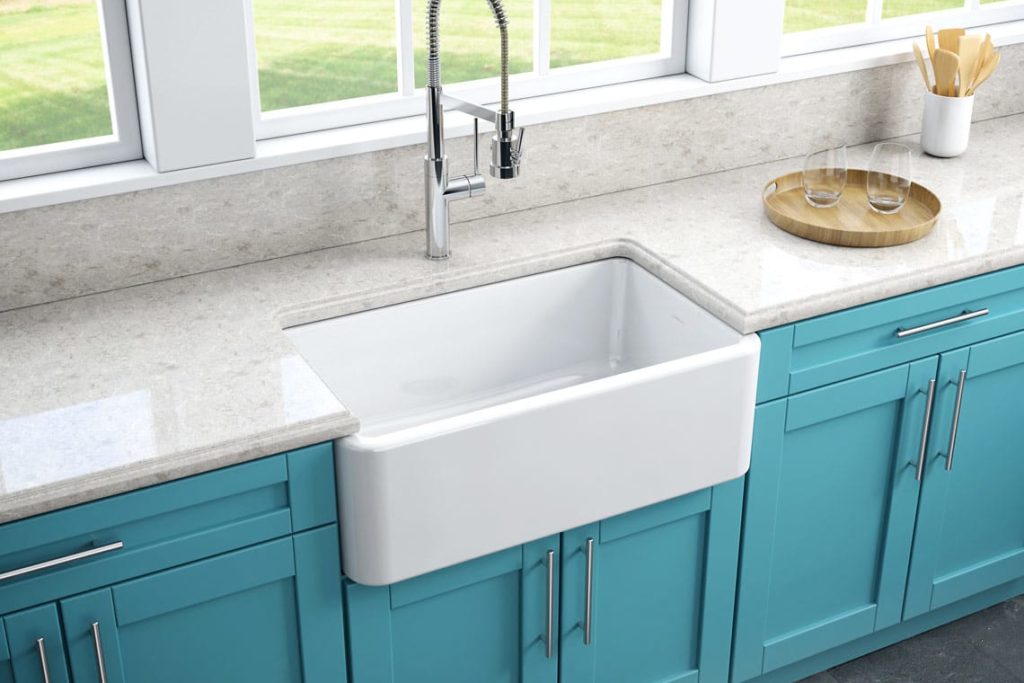

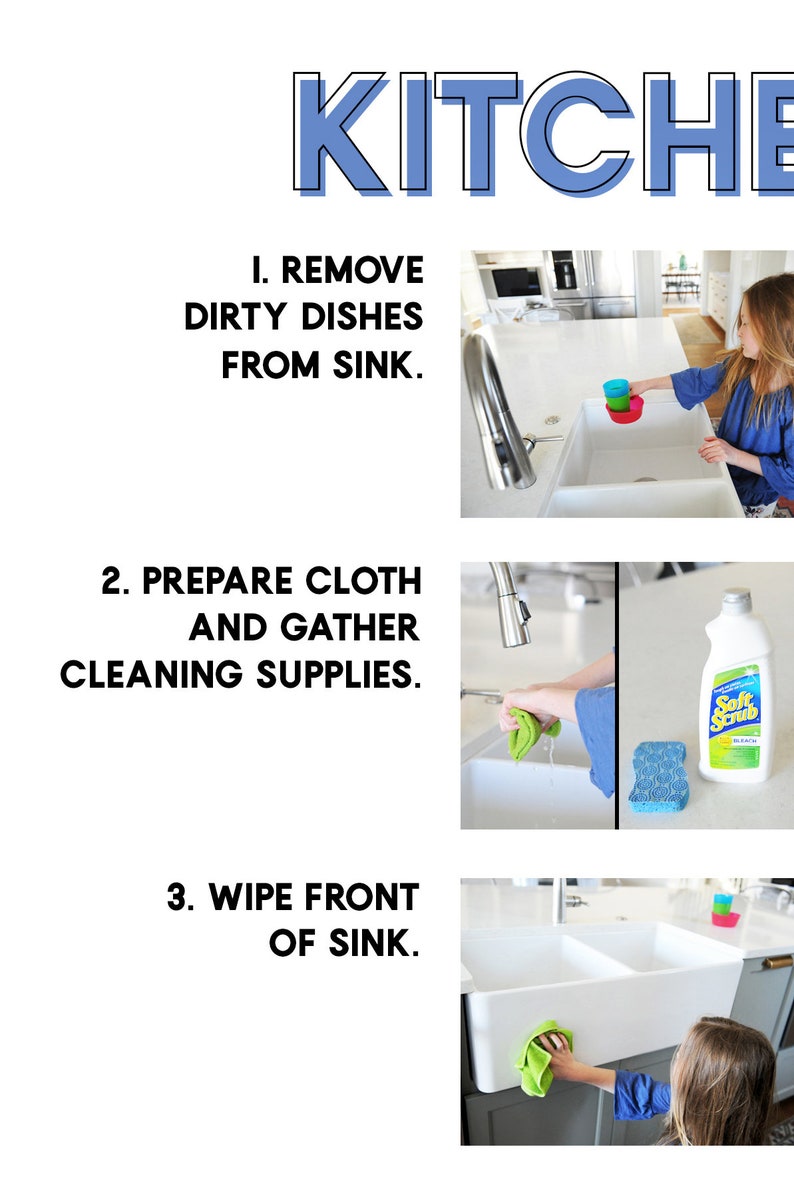

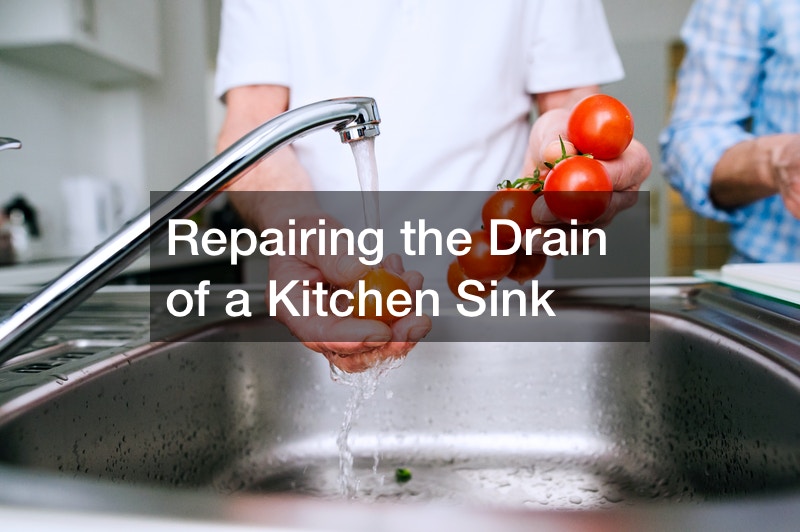
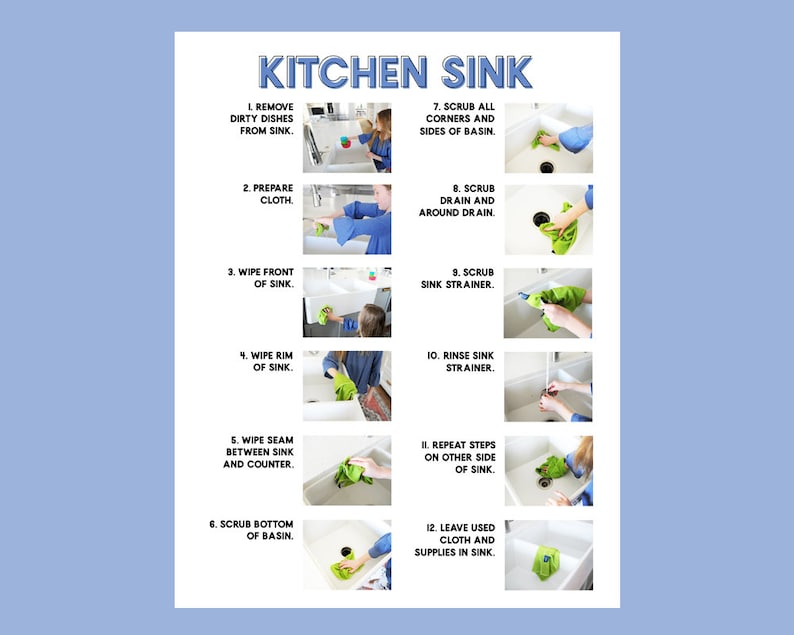
:no_upscale()/cdn.vox-cdn.com/uploads/chorus_asset/file/19495086/drain_0.jpg)
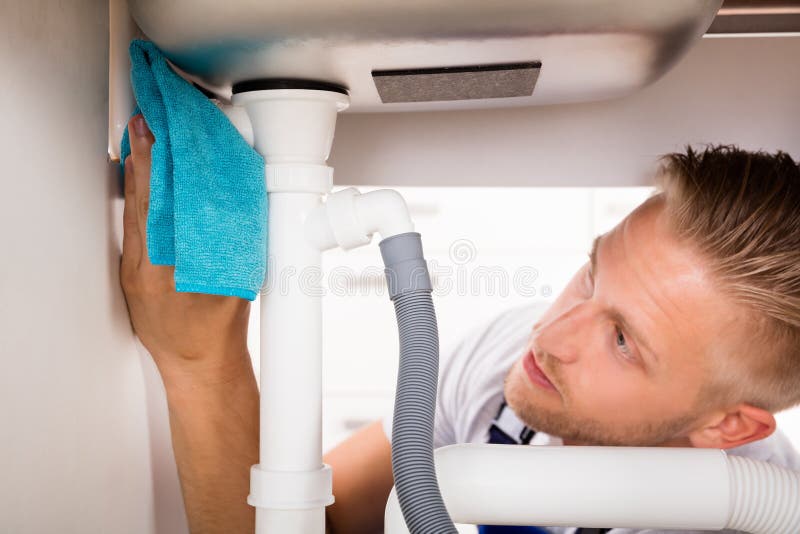






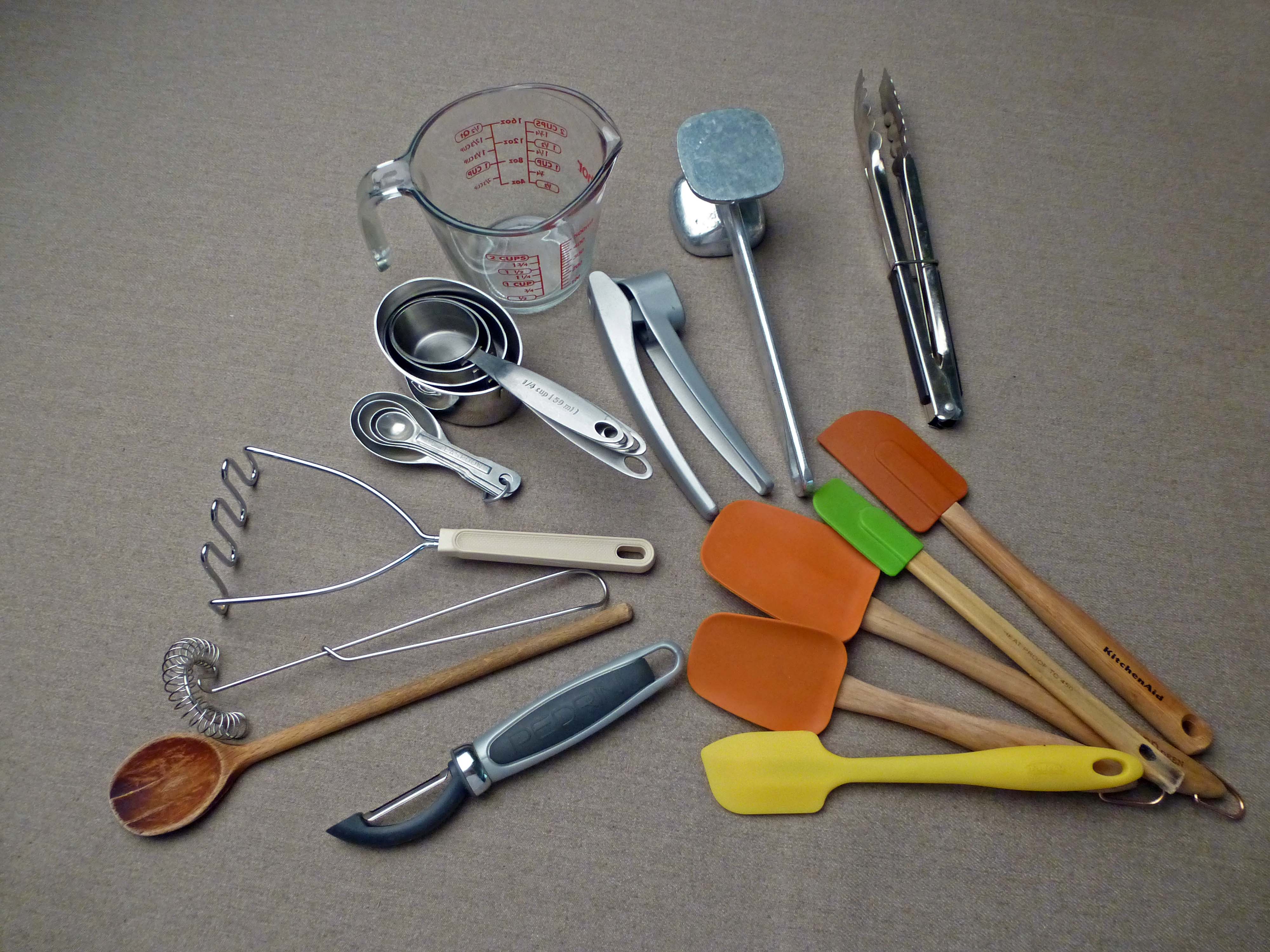


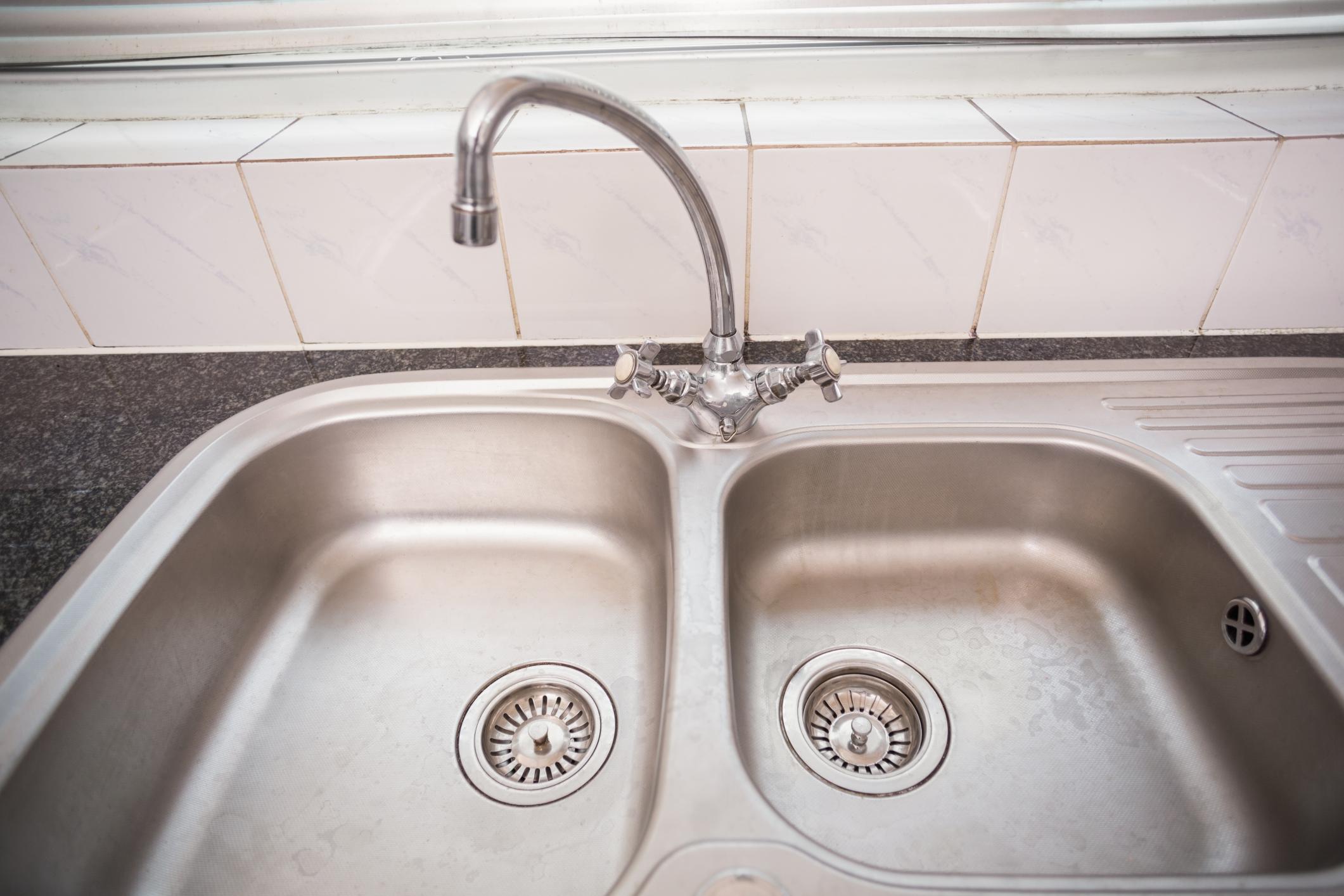




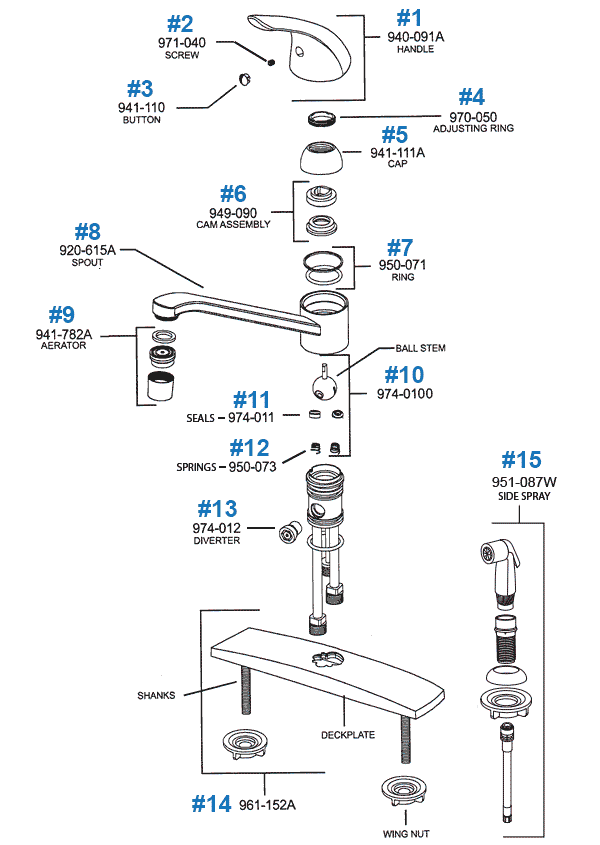



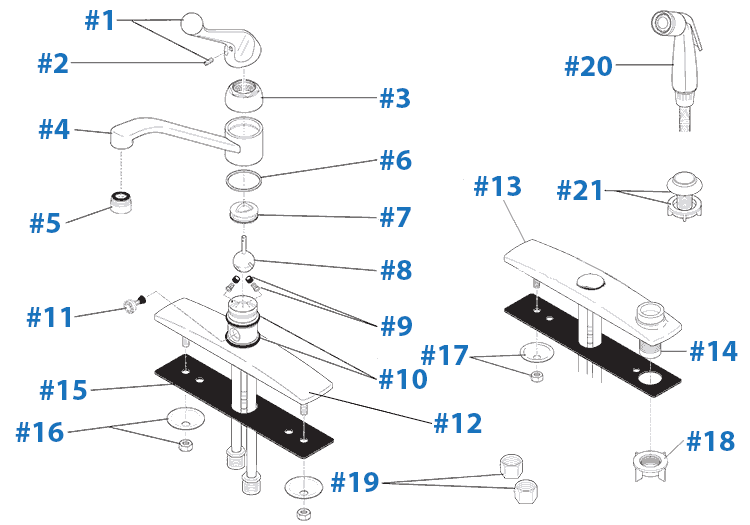





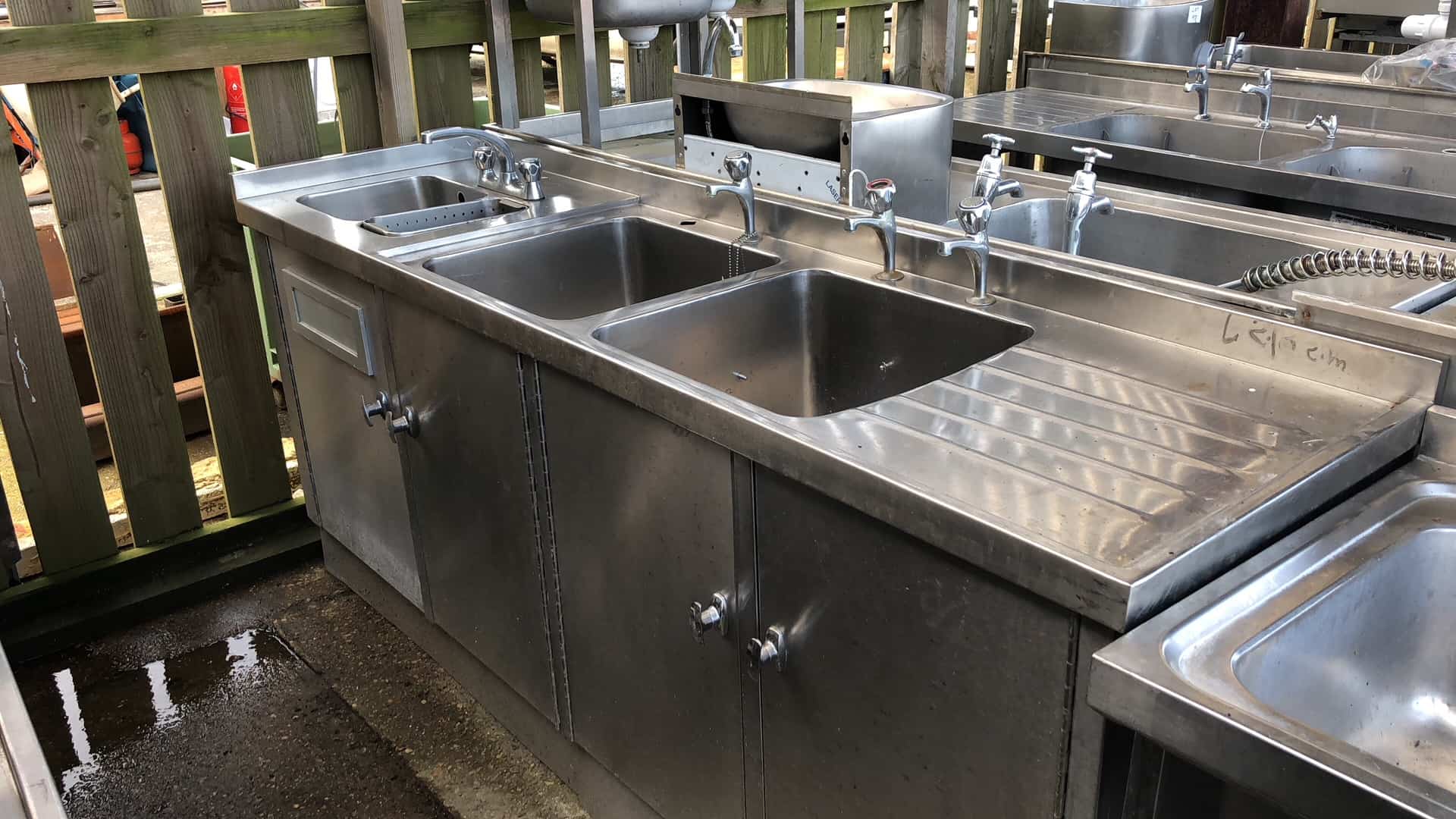
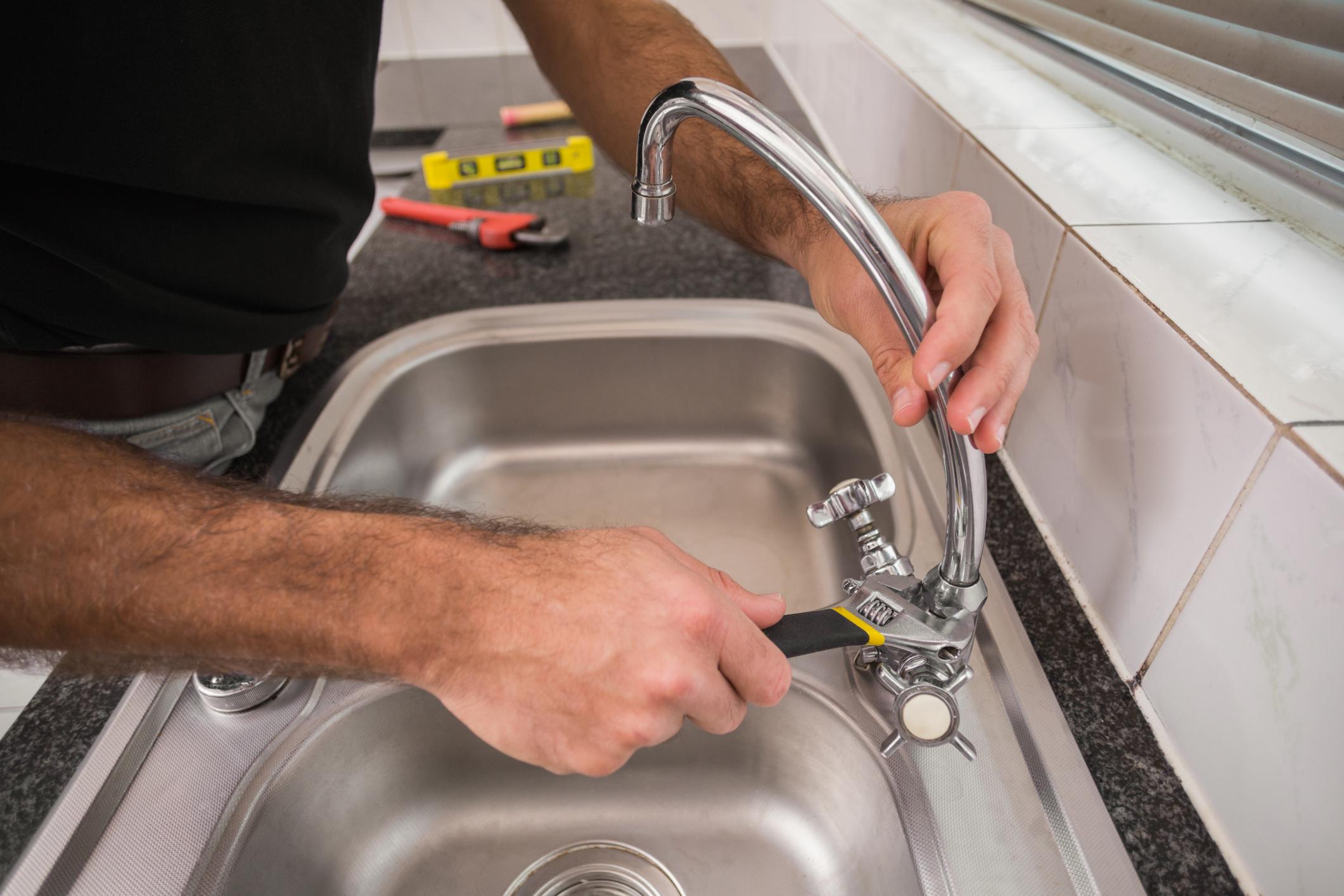







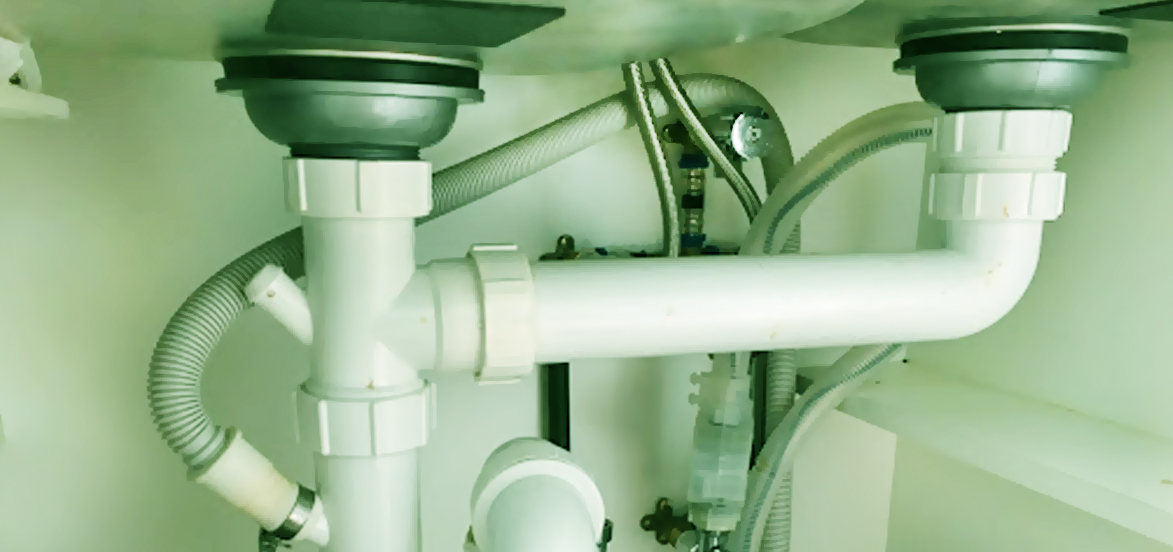

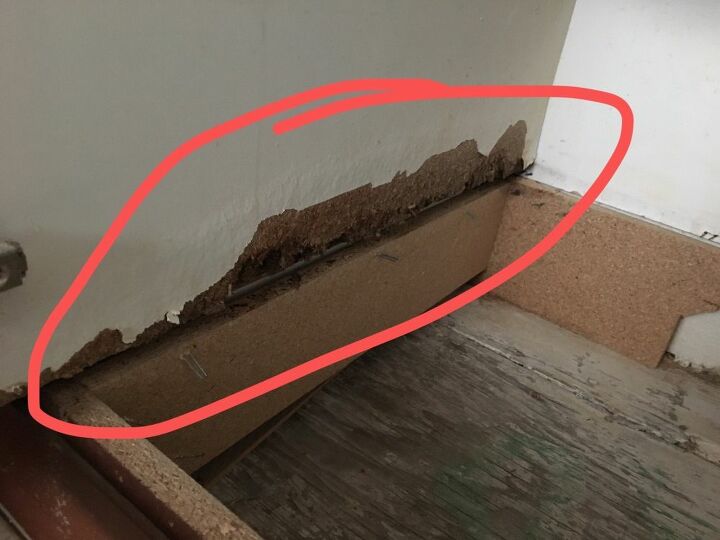




/hollywoodregency14-594af5f23df78cae81aae093.jpg)



